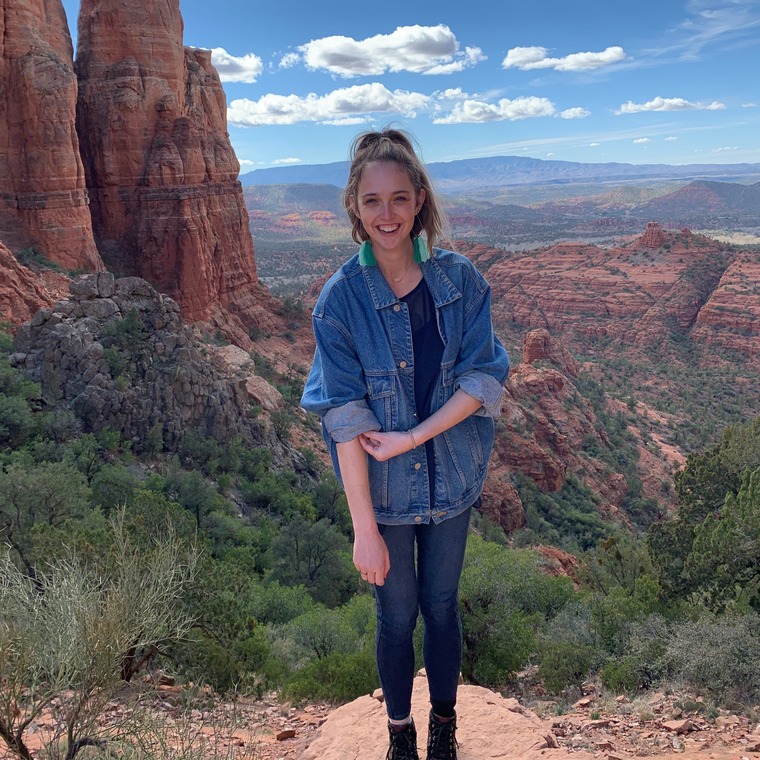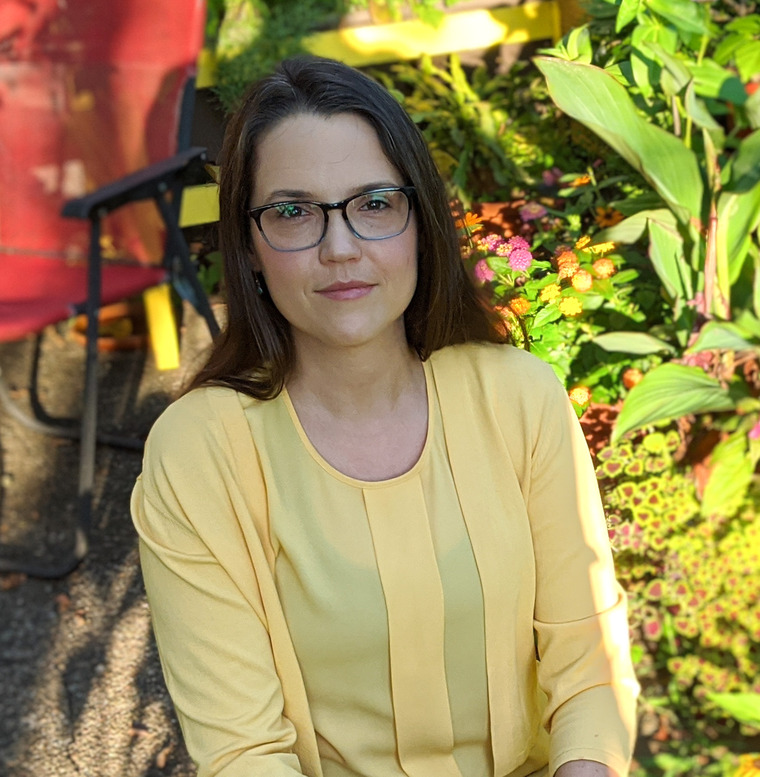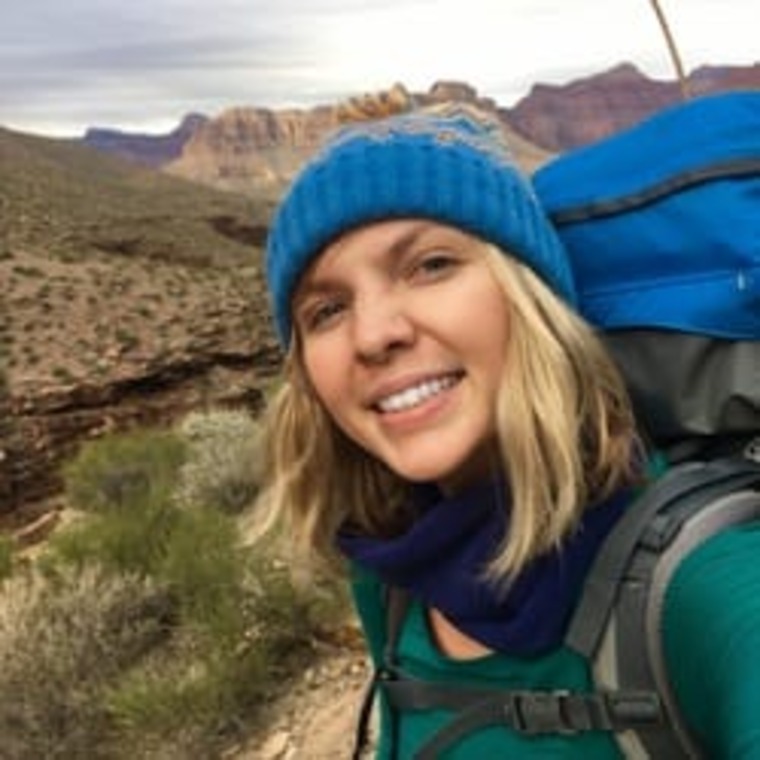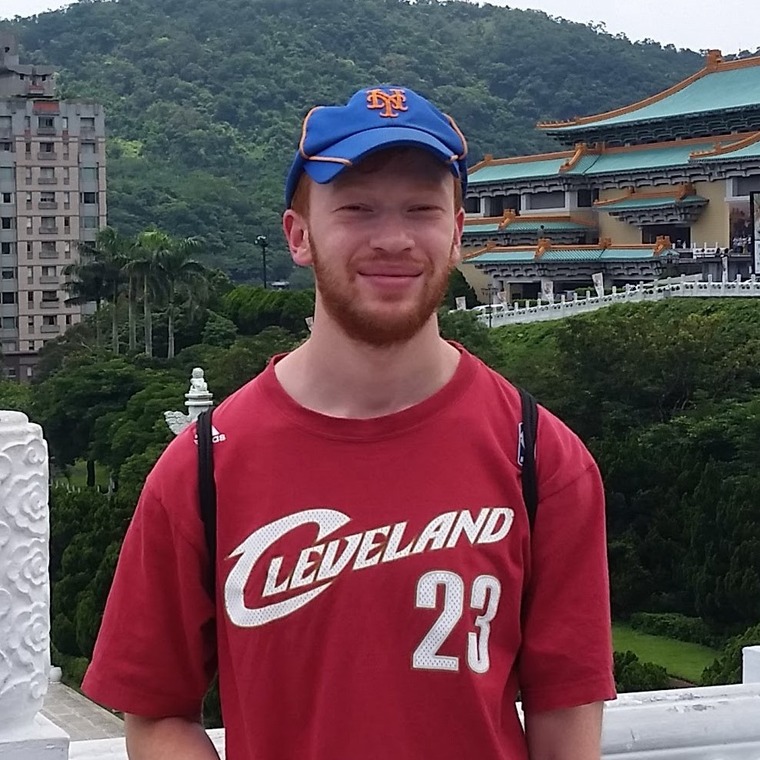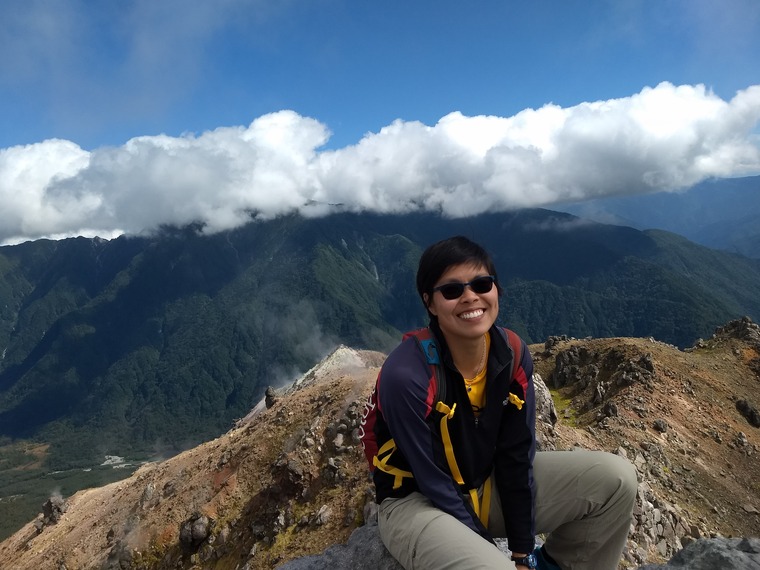Lane Breshears
Hello! I am a second-year graduate student in the Department of Biomedical Engineering at the University of Arizona working with Dr Jeong-Yeol Yoon. Our lab develops and tests biosensors for medical and environmental health monitoring. My focus is the design and execution of lateral-flow-assays (LFAs) for virus detection in water samples. We have shown that you can get comparable results to traditionally expensive, time-consuming, and highly technical processes by using some 3D printed parts and a smartphone. Currently, I am working to adapt our smartphone microscope design for the detection of SARS-CoV-2 (COVID-19) from patient swabs.
This research is highly relevant to the current climate, but is also very applicable to future needs, both on the ground and in space. Our method uses capillary flow in order to disperse the samples in a paper-based microfluidic chip. Capillary flow is gravity independent, so by developing these diagnostic tools on the ground, we are also setting up a device that could one day potentially be used by astronauts and explorers in space.
I am passionate about introducing students to the STEM field. My research is a perfect example of a combination of many STEM fields, requiring knowledge of chemistry, biophysics, 3D modeling, fluorescent microscopy, and coding. As part of the UA/NASA Space Grant Fellowship I will work with a school in local Tucson, Arizona to introduce middle schoolers to the many facets of graduate school in Biomedical Engineering. Together we will be using the smartphone microscope to learn about antibody-antigen binding, improve our understanding of the tests being performed to detect COVID-19, and explore the exciting process of DIY science using fluorescence microscopy and 3D printing. We will explore the connection between the microscopic and the cosmic, relating the antibody COVID-19 tests discussed in the news to future tests that astronauts may perform one day. From puzzle piece chemistry (antibody-antigen biding) to artistic design (3D modeling), I hope to show students the wide variety of exciting problem-solving opportunities graduate students get to deal with every day.
Learning is all about creating a space for curiosity to explore. I am thrilled and excited to use my research and the field of Biomedical Engineering to create that space for as many future innovators as possible.


